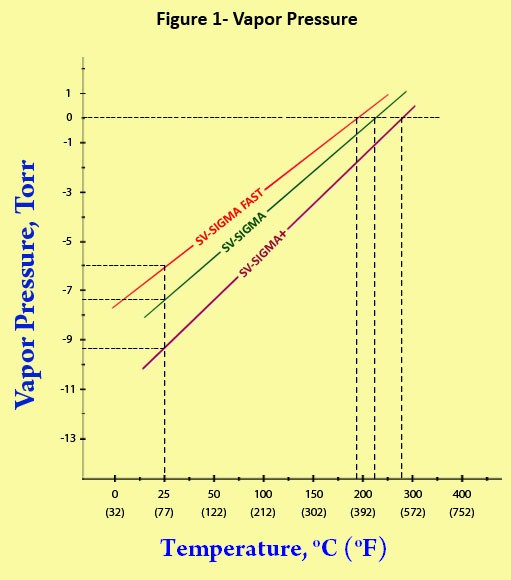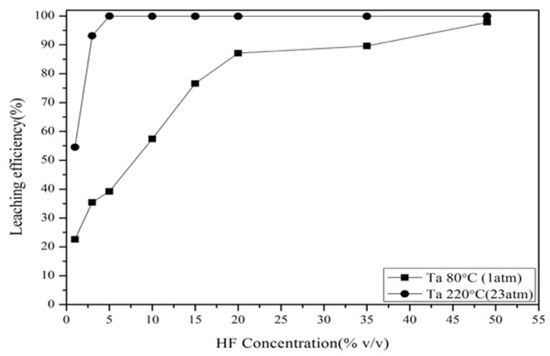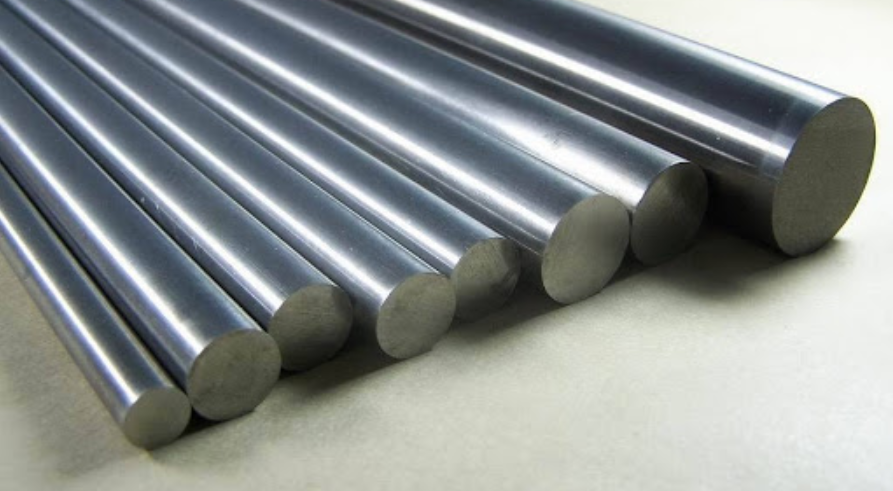

The refractive index of a more » given oxide film increases from the Si/oxide interface toward the outer surface, e.g., from 2.08 to about 2.4. Additional oxide growth occurs during postoxidation heat-treatment in oxygen while the refractive index decreases. For a given tantalum film thickness, higher oxidation temperatures result in thicker oxides of lower refractive index. For given oxidation conditions, the refractive index of the oxide films increases from approximately 1.93 to 2.34 as the thickness increases from 12.5 to 111.7 nm. The optical absorption of these noncrystalline films resembles closely that of crystalline Ta/sub 2/O/sub 5/, indicating a strong similarity in their short-range order structures. Tantalum oxide films on silicon were prepared by thermal oxidation of vacuum-deposited Ta films. Effects of the surface structure and minimum t on device integration are discussed. The SiO layer dominates the electrical behavior of thin annealed TaO films on Si. These electrical results are explained by the presence of a thin SiO layer at the TaO/Si interface. The minimum practical t for the TaO/Si system is approximately 3 nm. The smallest observed equivalent SiO thickness, t is 3.5 nm for 7.5 nm TaO/Si.

Effective dielectric constants decrease with TaO film thickness. Leakage currents for annealed 10 to 40 nm TaO films are independent more » of film thickness and are 9] A/cm at a gate voltage of 1.5 V. The films must be annealed to get acceptable leakage currents. Annealed films are polycrystalline, and their surfaces are characterized by 2 nm high, 1m diam nucleation centers surrounded by circular crystallization fronts. As-deposited films are amorphous with smooth surfaces. Thickness reproducibility, across-the-wafer uniformity, and conformality and step-coverage all are excellent. The films have been deposited on silicon, polysilicon, and SiO. High quality TaO films have been deposited by low-pressure chemical vapor deposition (LPCVD) from Ta (OCH) (tantalum pentaethoxide) and oxygen. UV-VIS spectra show stoichiometric films to possess a high transmission in a wide wavelength range with an absorption edge below 300 nm.


These properties compare favorably with those for layers prepared by conventional thermal-CVD at significantly higher temperatures of 500 ☌.= films, the refractive index at 532 nm is in the range from 2.05 to 2.2, while the extinction coefficient is below the detection limit of our ellipsometer. Refractive index values of 2.09☐.07, fixed oxide charge content of <5×10 10 cm -2, breakdown fields higher than 2 MV/cm and dielectric constant values of 18–24 were readily achievable in the as-deposited films. After optimization of the deposition parameters, the best layers were incorporated into simple MOS test structures to enable electrical characterization. The composition and optical properties of the oxides were determined using a variety of standard characterization methods. This new technique combines the intense radiation from an excimer lamp (λ=222 nm) with a novel injection liquid source capable of delivering precisely controllable quantities of a liquid metalorganic precursor into the CVD chamber. We report the growth of thin tantalum pentoxide films on Si (100) by ultraviolet-assisted injection liquid source (UVILS) chemical vapor deposition (CVD) at low temperatures (200–350 ☌).


 0 kommentar(er)
0 kommentar(er)
